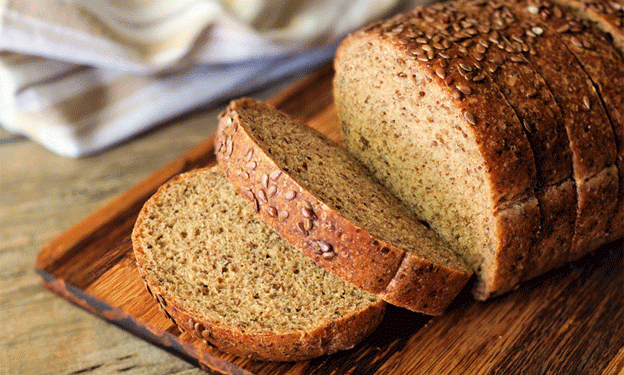During the April-June period of 2024, whole wheat flour production reached 4.315 million hundredweight (cwts), a marginal increase of 26,000 cwts, or 0.6%, from the 4.289 million cwts produced during the same quarter in 2023. Despite this increase, this quarter’s production is still one of the lowest recorded since NASS began tracking these figures a decade ago.
Notably, the April-June period in 2023 had marked the lowest production quarter since NASS began compiling whole wheat flour production data, with only a slight recovery seen this year. For context, second-quarter production in previous years was 4.536 million cwts in 2022 and 4.866 million cwts in 2021. The recent high was in 2015 when production peaked at 5.513 million cwts.
Despite the modest growth in production, whole wheat flour’s share of total flour production dropped to 4.1% in the second quarter of 2024, down from 4.2% a year earlier and 4.4% in the first quarter of this year. This percentage marks a new low in the 10-year history of NASS’s whole wheat flour production statistics.
Year-to-Date Production Shows Slight Growth
Year-to-date figures show that whole wheat flour production reached 9.001 million cwts for the first half of 2024, up by 2.4% compared to 8.792 million cwts during the same period in 2023. However, this figure is still below the 9.786 million cwts produced in the first half of 2022 and the 9.726 million cwts in 2021.
Whole Wheat Semolina: A Mixed Bag
Whole wheat semolina production saw a decline in the second quarter of 2024, with output falling by 6% to 79,000 cwts from 84,000 cwts during the same period in 2023. However, there was a significant increase from the first quarter of 2024, where production was only 54,000 cwts, marking a 46% rise in the second quarter.
Despite this quarter-over-quarter growth, whole wheat semolina’s share of total US semolina production remains low. It accounted for just 1.1% of total semolina production in the second quarter of 2024, slightly down from 1.2% in the second quarter of 2023 but up from 0.7% in the first quarter of this year.
Year-to-date production of whole wheat semolina totaled 133,000 cwts, representing a sharp decline of 29% from 188,000 cwts in the first half of 2023.
Industry Outlook: Challenges and Opportunities
The data presents a mixed picture for whole wheat flour and semolina production in the United States. While production volumes have seen slight increases, the declining market share is a cause for concern. This trend reflects a broader consumer shift towards other flour types or dietary changes that prioritize different grain products.
The decline in market share could also indicate that despite the health benefits associated with whole wheat products, such as higher fiber content and essential nutrients, consumer demand is not strong enough to sustain or grow its share of the flour market.
The slight uptick in whole wheat flour production in the second quarter of 2024 is a positive sign, but the continued decline in market share highlights the challenges this sector faces. For farmers, millers, and industry stakeholders, understanding these trends is crucial for adapting to changing consumer preferences and market dynamics. Continued efforts to promote the benefits of whole wheat products, along with innovation in product offerings, may be necessary to reverse the declining market share and support sustainable growth in this sector.
Error




